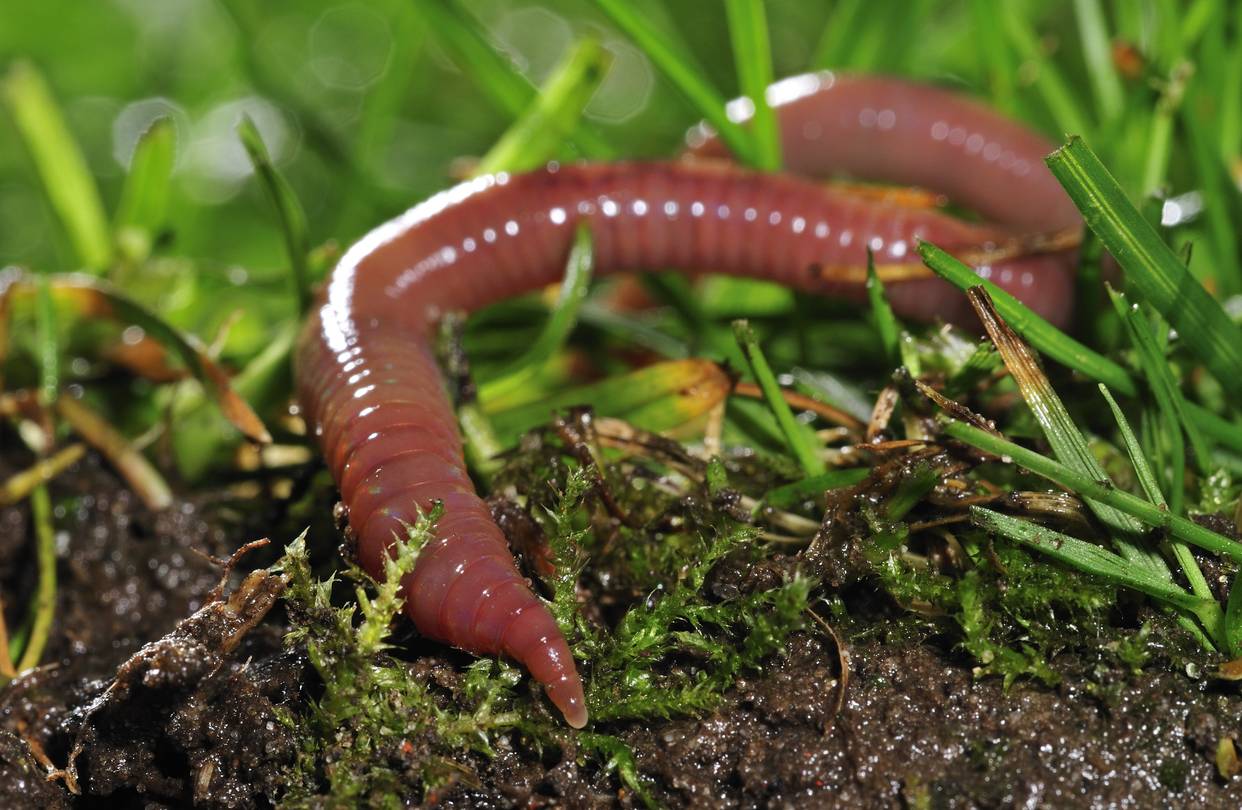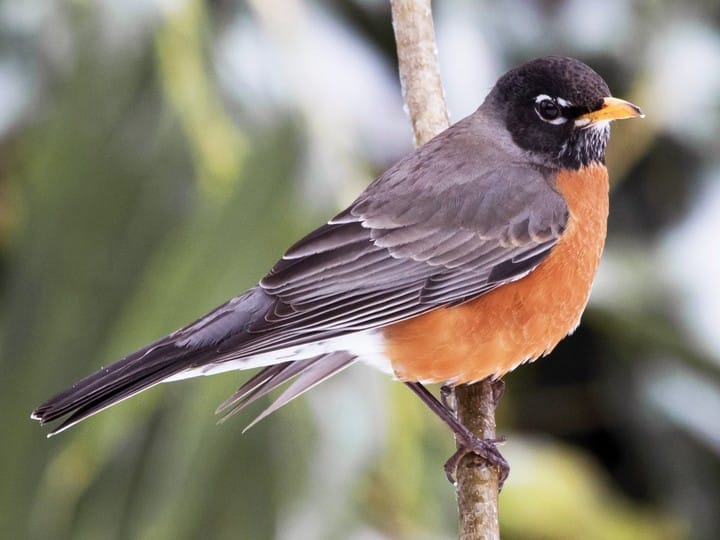Migration
Gray whales have the longest known migration of any mammal. They travel very close to the shore, so they are one of the few whale migrations we can see from land. Pacific gray whales travel to the warm waters of Mexico to mate and have their babies. In spring, they travel up to the cold waters of the Bering Sea to feed and stock up their fat stores for the long trip back down south in the fall.
.gif)
Earthworms
As the soil thaws in spring, earthworms start coming out of their state of dormancy (a long period of sleep). Earthworms eat dirt! As they start waking up, they start eating again, feeding on decaying leaves and other organic matter you can find in the dirt. And guess what? They make a tasty meal for birds.

Robins
As days get longer and warm temperatures melt snow, robins switch from their winter diet of berries to their spring diet of earthworms. As this happens, they travel north to mate and have babies.

Blooming flowers
Flowers bloom in the spring because of something called circadian clocks, which is something we have, too! Circadian clocks are the reason we feel sleepy when it gets dark at night and more alert when we wake up in the morning. Flowers can tell when the days are starting to get longer and temperatures are starting to increase. Longer days and higher temperatures mean that plants will have more light, which means more food, and milder temperatures mean that it’s safe for them to start blooming.
Check out this awesome time lapse of daffodils blooming!
As you can tell, everything is connected. The warmer temperatures of spring mean that plants and animals will have more food, whether from sunlight or other animals. And more food means that animals can feel safer to mate and have babies!
For more resources on how to get involved with tracking spring migration patterns, check out http://www.learner.org/jnorth/.
References:
- http://www.learner.org/jnorth/tm/gwhale/MigrationRoute_Map.html
- http://www.learner.org/jnorth/tm/worm/AnnualSpring.html
- http://www.learner.org/jnorth/robins/news/spring-2018/030718-peak-migration-month
- https://www.nytimes.com/interactive/2016/03/25/science/spring-science.html
- https://www.wsj.com/articles/the-dirty-little-secrets-behind-earthworms-1498815000
- https://www.allaboutbirds.org/guide/American_Robin/id
